
views
X
Research source
Since then, Murano glass has developed a reputation for beauty and color. Murano glass is first identified by its location, then its factories, and finally its designers. You can identify these sources with a certificate of authenticity, a master glass maker signature or a Murano glass catalog.
Cursory Ways to Identify Murano Glass
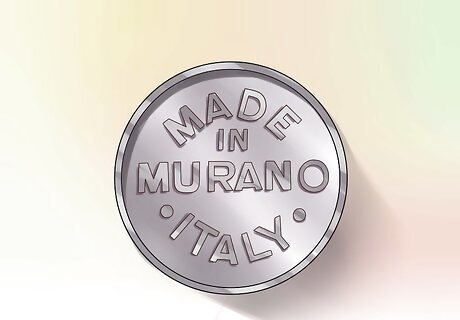
Look for a sticker or stamp. If it says “Made in Italy” or “Made in Venice,” it is not likely to be Murano glass. These are two ways outside glass makers try to convince tourists that the item was likely made in Murano without stating it is. An item that is labeled “Made in Murano” may be counterfeit. Currently, many items are made in China and sold in Venice as Murano glass. Similarly, if the item says “Murano-style” it is unlikely to be authentic Murano glass.

Ask the seller whether the piece of Murano glass is new or old. New glass from Murano should be accompanied by a certificate from the factory, guaranteeing it is Murano glass. If bought and sold by art or antiques dealers, it should accompany the piece of glass in all sales. Murano glass made before 1980 is unlikely to have a certificate, so this is only a surefire identification method for new glass.
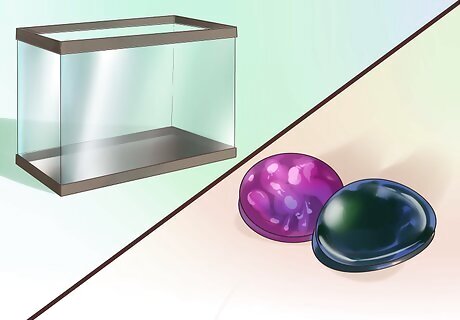
Be extra careful with paperweights and aquariums. These are the most commonly counterfeit items, sold as Murano glass, but made elsewhere. Move on to the next identification methods to identify whether or not it is Murano glass.
Identifying by Sight
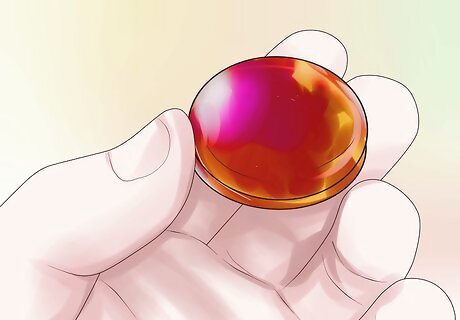
Don’t count on your ability to identify a real piece of Murano glass by color. This is something only a trained eye and glass expert can do with reliability.
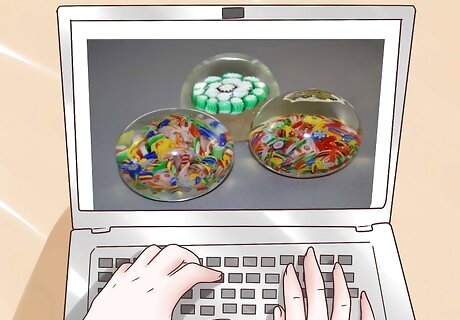
Beware of trying to identify Murano glass on the Internet. If you are looking at buying an item, it is better to identify it through a signature of a master glass-maker, a catalog or an authenticity certificate.
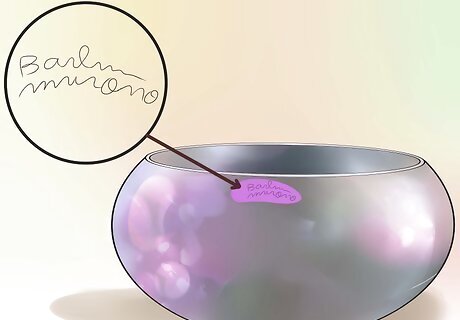
Look for a signature on the glass itself. The following are master glass makers from Murano: Ercole Barovier, Archimede Seguso, Aureliano Toso, Galliano Ferro, Vincenzo Nason, Alfredo Barbini, and Carlo Moretti. There are many more master glass makers that worked at Murano glass factories over the years. If the signature looks as though it has been scratched into the surface after it hardened, with a carbide-tipped pen, it is likely a counterfeiter trying to sell a fake piece as a designer original. You will need to move on to the next method to find whether the signature is in the correct place. Catalogs will tell you about signature and label placement.
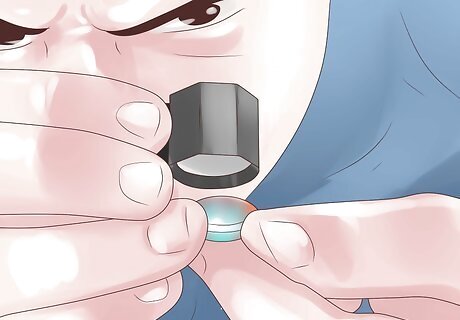
Try to find evidence of real gold or silver used in the production of the glass.
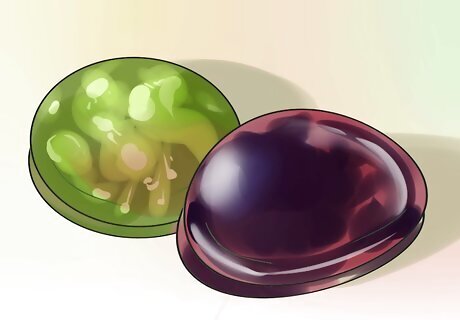
Identify evidence of a hand-made piece. Murano glass is hand-blown, meaning there should be bubbles and asymmetrical qualities.
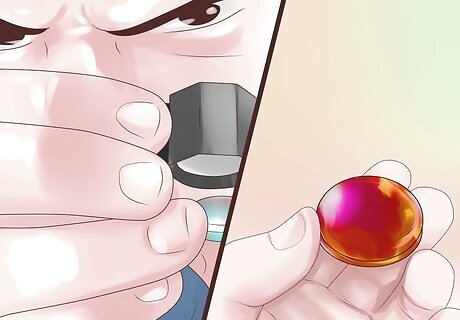
Look for misshapen fish, clouded glass or bleeding colors. While hand-blown glass is not completely uniform, these mistakes are rarely made.
Identifying by Catalog

Read the “Murano Glass Glossary” at fossilfly.com. It is a good primer for the techniques and styles of Murano glass. You may want to refer back to it when you are looking at factory catalogs.

Request a catalog from the factory itself. Factories have catalogs of at least their current offerings, but possibly also their vintage glass. Look on 20thcenturyglass.com to find popular Murano glass factories, and then search for their websites so that you can request a catalog.

Hire a glass expert to help you identify the glass. If the authenticity is still in question, you should contact a local glass antique expert and show them all the information you have. Although experts are not 100 percent accurate, they will have an easier time identifying it than almost anyone else. If you can’t find an expert, try posting pictures and information on an antique glass forum. You may be able to discover more creative ways of identifying the glass. A good indicator that a Murano piece is genuine is the cross-hatched pattern sometimes found on bases and the pinch pliers artists use often have their own identifiable patterns. And remember: if a piece of Murano sounds too cheap to buy, it's more than likely to be fake because even a small 5" vase can often cost hundreds of pounds.



















Comments
0 comment